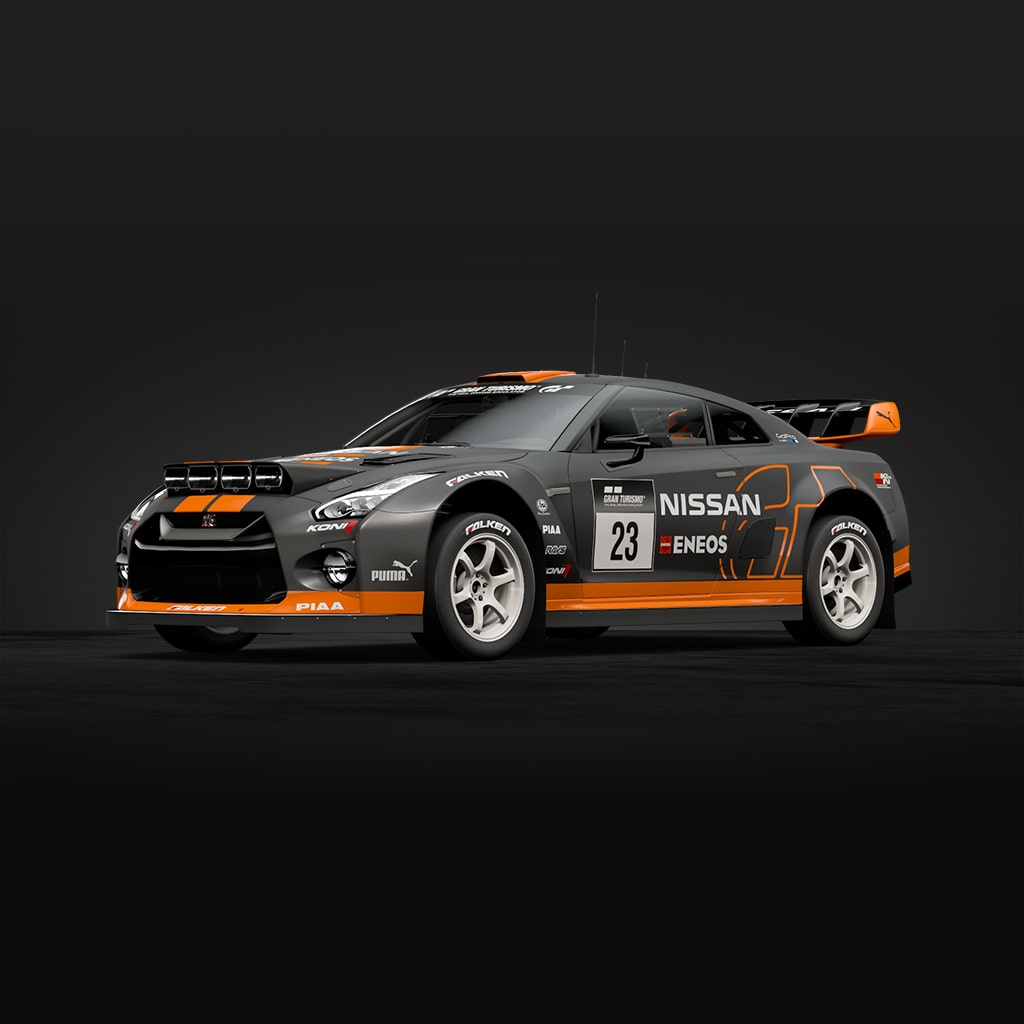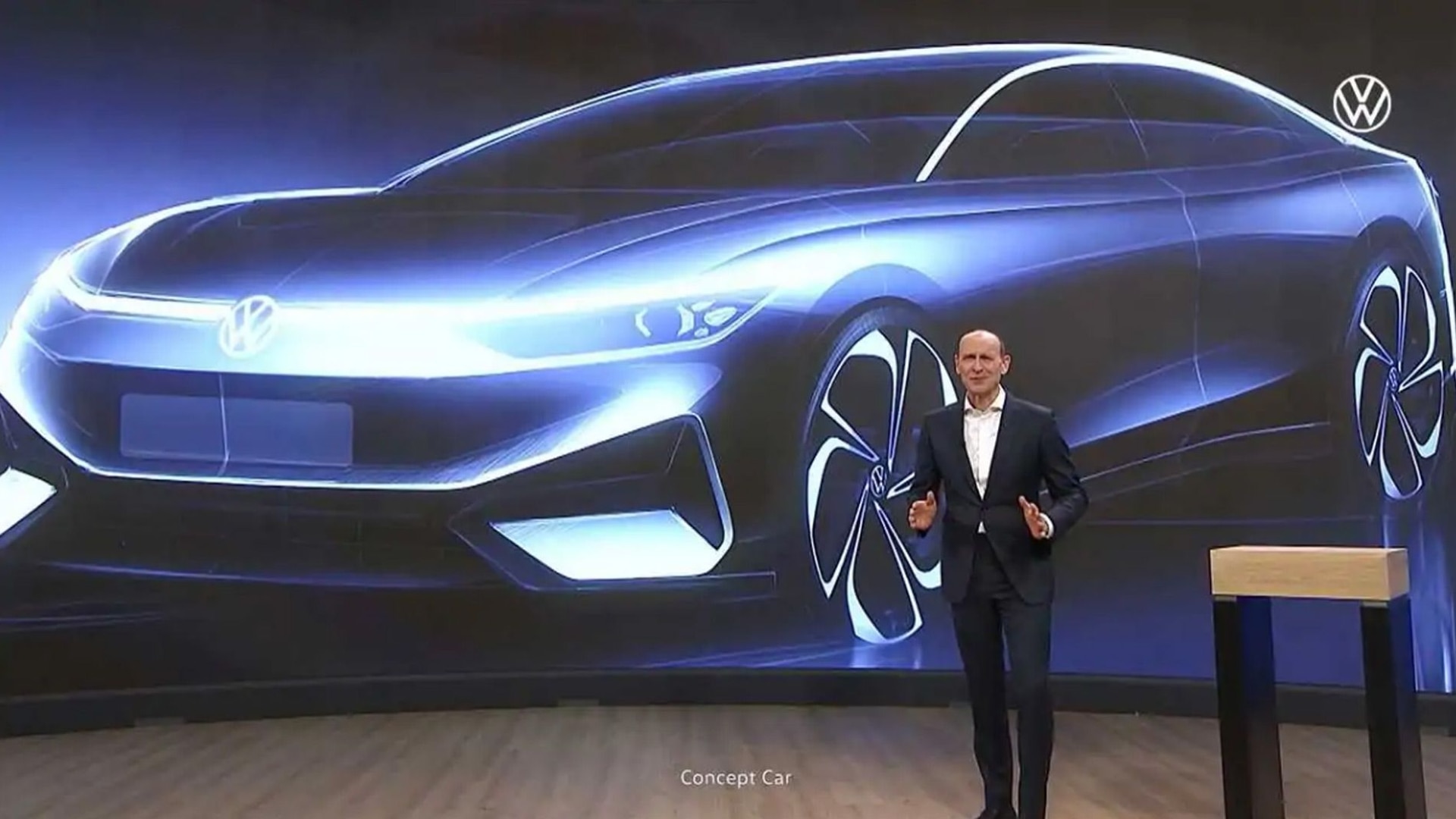

In February 1964 positive crank-case breathing was introduced and the engine prefix changed to 18GA, until October 1964, when a five-bearing crankshaft design was introduced, the engine prefix became 18GB. The earlier cars used a three-main-bearing crankshaft, 18G-series. This engine was essentially an enlarged version of that used in the MGA with displacement being increased from 1,622 to 1,798 cc. Despite the similarity in appearance to the roadster, the RV8 had less than 5% parts interchangeability with the original car.Ī sectioned MGB showing engine and gearbox configurationĪll MGBs (except the V8 version) used the BMC B-Series engine. Ī limited production of 2,000 units of the RV8 was produced by Rover in the 1990s.
#B sports car driver#
The issue received public attention following a 2013 case in which a driver in a hired 1963 MGB was killed in a collision with a taxi. Nevertheless, the British AA motoring association has described the car, like many other classic models, as much less safe than modern cars. The MGB was one of the first cars to feature controlled crumple zones designed to protect the driver and passenger in a 30 mph (48 km/h) impact with an immovable barrier (200 ton). From 1975, US-market MGB engines were de-tuned to meet emission standards, ride height was increased by an inch (25 mm), and distinctive rubber bumpers were fitted to meet bumper standards. The three-bearing 1,798 cc B-Series engine produced 95 hp (71 kW) at 5,400 rpm – upgraded in October 1964 to a five-bearing crankshaft. The MGB achieved a 0–60 mph (97 km/h) time of just over 11 seconds. A parcel shelf was fitted behind the seats.
#B sports car windows#
Wind-up windows were standard, and a comfortable driver's compartment offered plenty of legroom. The lightweight design reduced manufacturing costs while adding to overall vehicle strength. However, components such as brakes and suspension were developments of the earlier 1955 MGA, with the B-Series engine having its origins in 1947. In structure the car was a progressive, modern design in 1962, utilizing a unitary structure, instead of the traditional body-on-frame construction used on both the MGA and MG T-types and the MGB's rival, the Triumph TR series. After a 12-year hiatus, the MGB re-entered production as the heavily modified MG RV8 with a limited run of 2,000 cars before finally being replaced in 1995 by the MG F.ĭevelopment of the MGB started at least as early as 1958 with the prototype known by its Abingdon codename MG EX205. Sales for the MGB, MGC and MGB GT V8 combined totaled 523,836 cars. Replacing the MGA in 1962, production of the MGB and its variants continued until 1980.

Variants include the MGB GT three-door 2+2 coupé (1965–1980), the six-cylinder sports car and coupé MGC (1967–69), and the eight-cylinder 2+2 coupé, the MGB GT V8 (1973–76).

It was announced and its details first published on 19 September 1962. The MGB is a two-door sports car manufactured and marketed from 1962 until 1980 by the British Motor Corporation (BMC), later the Austin-Morris division of British Leyland, as a four-cylinder, soft-top sports car. 1969 MGB roadster (with non-standard rollover bar)


 0 kommentar(er)
0 kommentar(er)
